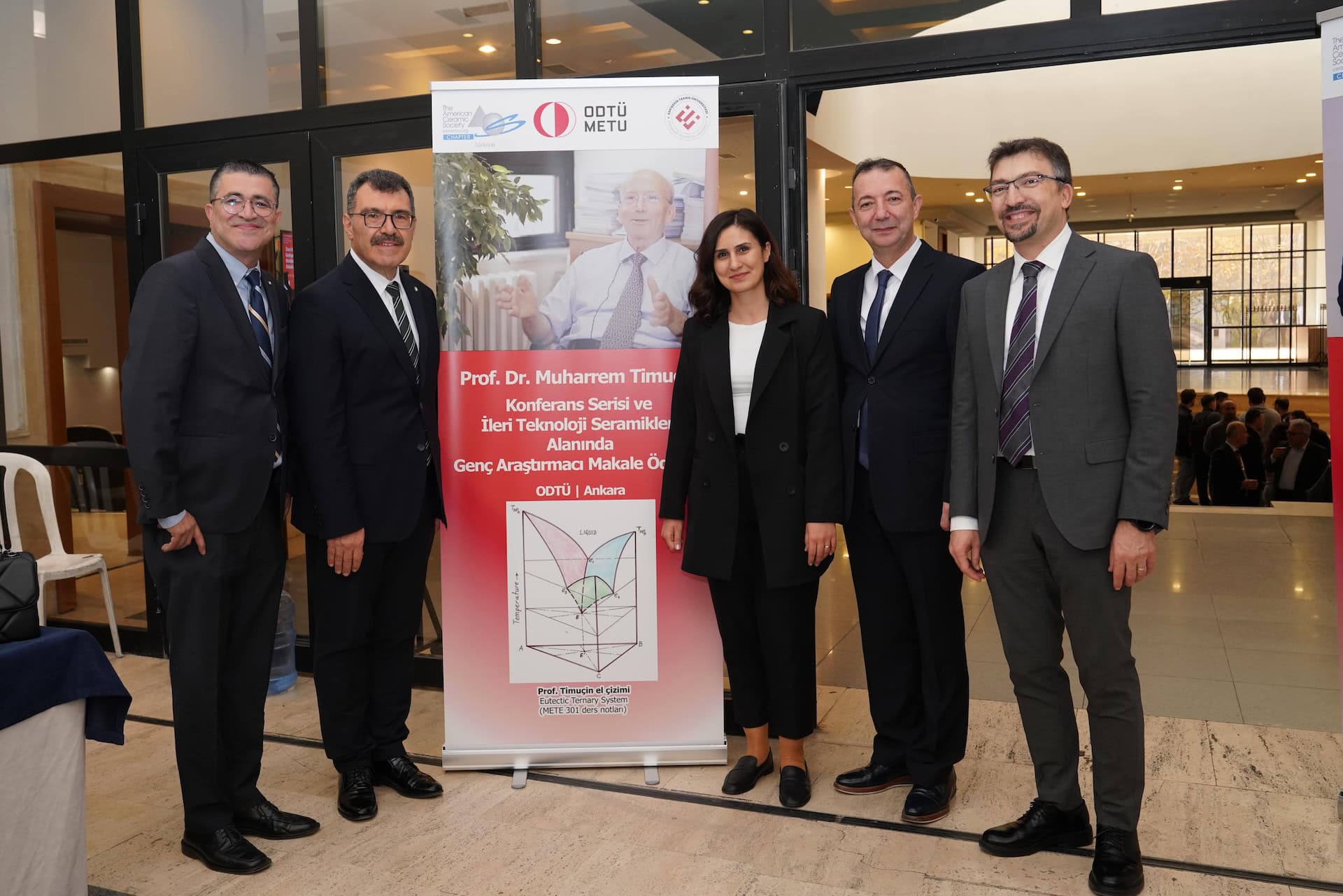
[Image above] Credit: PxHere
You may think of glass as nonreactive, especially with water. Windows keep our homes and automobiles dry, while glass cups and bottles contain our beverages without imparting any additional flavors. And they can last seemingly forever—at least until they break.
Perhaps surprisingly, glass is not as insensitive to water as you may think. This month’s edition of the Glass: Then and Now series explores the field of glass durability and reactions with water. Seong Kim of The Pennsylvania State University is an expert in this field, and he provides an excellent primer on this topic, shown below.
It’s important to understand that glass is a nonequilibrium material. So, many of its properties are “path functions” instead of “state functions.” State functions such as enthalpy of formation can be defined by equilibrium conditions (i.e., the lowest free energy at a given composition, temperature, and pressure), independent of how those conditions were achieved. Many important properties of glasses, on the other hand, vary with the path taken to reach the current state. Thus, thermal and mechanical histories as well as environmental conditions are extremely important for glass manufacture, use, and longevity.
Although most people may think glass is inert (based on experiences such as seeing no visual change of window glasses and bottles), many glasses indeed corrode when exposed to an aqueous environment. The seminal work by Wiederhorn (1967) showed that the crack propagation through glass is facilitated by environmental water molecules arriving at the crack tip. Douglas and El-Shamy (1967) reported how the rates of removal of various glass constituents in aqueous solutions varied depending on experimental conditions. The complexity of this corrosion process due to the involvement of various rate-controlled mechanisms was reviewed by Conradt (2008).
These phenomenological observations made in the past are now much better understood through advanced spectroscopic analyses and computational simulations of glass surface structures and their reactivities with water. Amma (2016) showed that the distribution of hydrous (water-incorporated) species in the glass surface are quite different depending on the sample history—polished, thermally tempered, chemically tempered, acid treated, and so on. This history will have huge impacts on aqueous corrosion behaviors of glass.
The water molecules impinging and adsorbing from the gas phase have huge impacts on mechanical durability—especially resistance to wear upon interfacial shear. Kim and van Duin (2020) used reactive molecular dynamics simulations to uncover atomistic details of the role of interfacial water molecules in mitigating surface wear of sodium silicate glass. These details could not be obtained through experimental investigations only. Similarly, Du (2020) used reactive molecular dynamics simulations to show reactions occurring at sodium silicate glass, including dissociation of water, formation of Si-OH groups, diffusion of water into glass, and diffusion of sodium out of glass.
These advances in glass–water interactions are critical to improve durability of glass materials through adjusting compositions and manufacturing processes.
– Seong Kim, Distinguished Professor & Associate Department Head at Penn State
Articles for Glass durability and reactions with water
Author
Jonathon Foreman
Spotlight Categories
- Journal and Bulletin Updates


